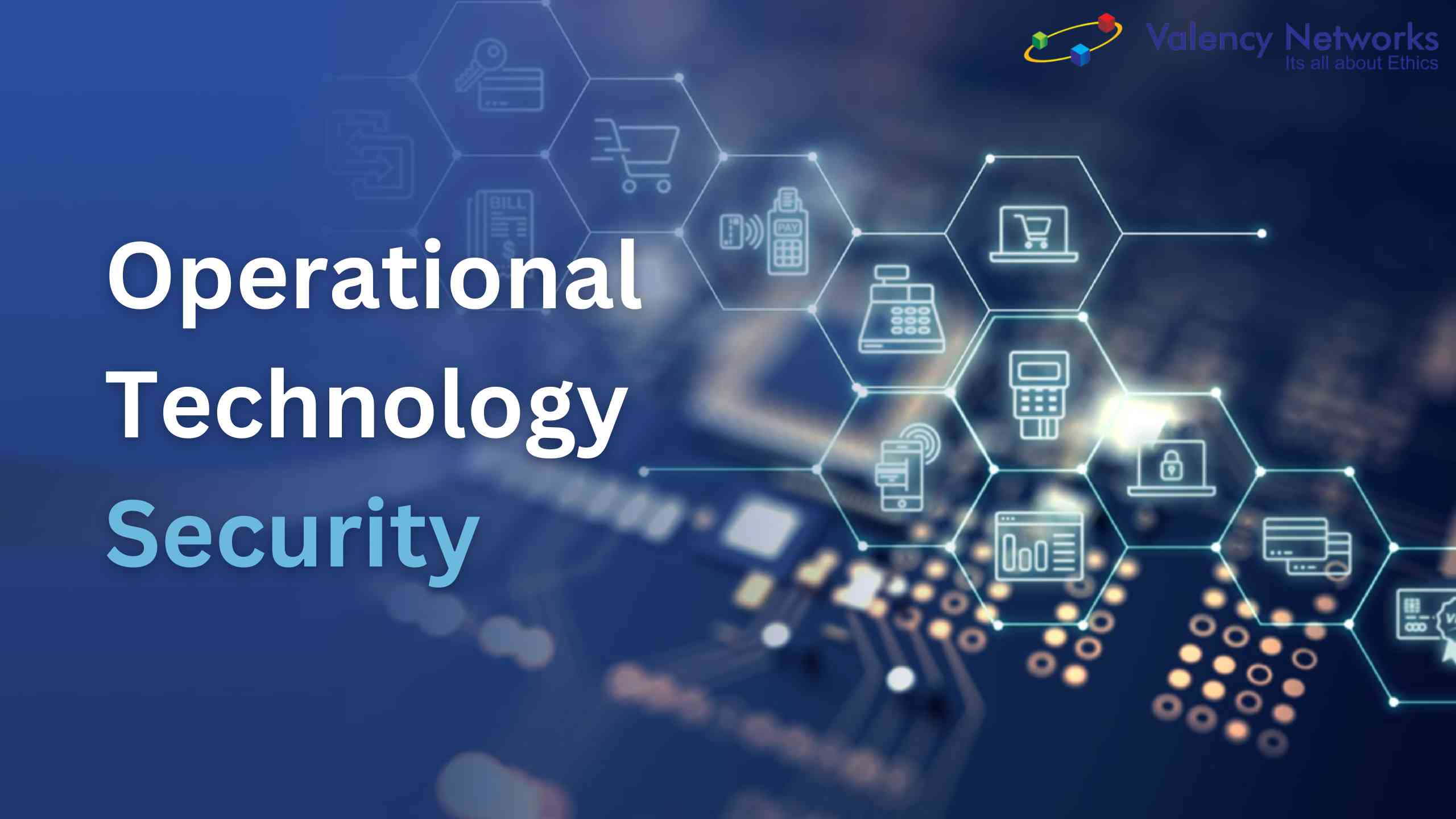- Real Life OT Security Incidents - 13/07/2022
- Introduction to OT Security - 13/07/2022
- Difference between OT and IoT - 13/07/2022
Operational Technology uses hardware and software to monitor and control physical processes, devices, and infrastructure. They use specialized protocols and software to interface with legacy and proprietary systems to automate, monitor, and oversee the operations of industrial machines. The word has come to represent the technological and functional distinctions between standard information technology (IT) systems and the environment of industrial control systems. The instruments and technology that control the physical world are referred to as operational technology. Both the actual machines (robots, computerized machine tools, actuators) and the systems that operate, monitor, and interface with them are included in this category. To put it another way, it’s the hardware and software needed to monitor and control industrial processes in a variety of applications and industries where efficiency and uptime are critical. Manufacturing, oil and gas, electricity and utilities, and scientific research are all industries that use OT.
The emergence of edge computing is linked to IT-OT convergence. Edge computing, like data analysis on a factory floor, involves moving computing resources closer to the physical location of either the user or the source of the data. As a result of this convergence, software that was previously only available to IT teams is now being used to assist OT processes and is accessible via OT networks.
More sectors are implementing underlying technology platforms that can unite diverse data systems used by both the business and operations departments. For industrial processes that have previously been insulated from other systems, this is a huge change.
OT security essentially means assuring the security, safety, and functionality of physical machines and tasks in numerous locations and throughout an OT network. IT security is concerned with maintaining data privacy throughout retrieval, storage, and transfer. Bringing OT and IT networks together today provides new digital technologies to factory processes, but it also exposes them to cyber dangers. IT networks and solutions such as the cloud, servers, and baseline security measures such as firewalls are now connected to OT devices that may have previously worked in isolation. These new degrees of connection provide advantages such as remote access controls and automatic system upgrades, but they can also serve as entry points for hackers to obtain access to computer systems, posing new dangers to system stability and uptime.
Some of the challenges with OT Security are-
There is a lack of security awareness among OT personnel.
- Lack of visibility into all of the production floor’s OT systems
- Between systems on the manufacturing floor, there is a shared network infrastructure.
- Inability to patch OT systems to solve security risks
- Increased attack surface as OT/IT convergence improves
- OT systems are maintained remotely through the internet.
- Granting third-party access for remote monitoring and maintenance
- Within the same organization, separate plants have radically distinct OT environments.

